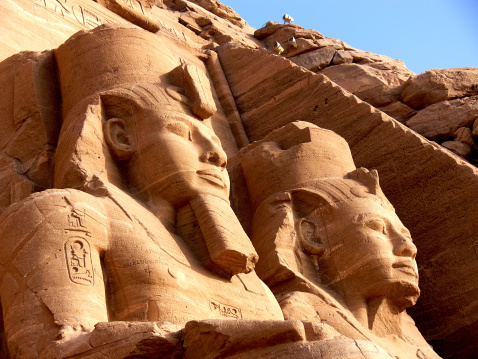A longtime resident of Houston, Texas, Joel Bartsch is an experienced museum leader. He serves as the president of the Houston Museum of Natural Science (HMNS), a community-oriented institution that offers a variety of exhibitions as well as educational opportunities. Under Joel A. Bartsch's guidance, one major exhibit that HMNS offers is "Ramses the Great and the Gold of the Pharaohs."
For decades, Egyptian artifacts have become an increasingly important information resource to history. Some of the artifacts have been moved all around the world by history lovers and researchers who are devoted to preserving relics. Gold of the Pharaohs, for example, is a typical representation of blockbuster exhibitions that have captured the inspiration of many across multiple continents.
Gold of the Pharaohs was discovered in 1939 by a French archaeologist known as Pierre Montet. According to the researcher, the finding was accidental. By taking a closer look at the object, which appears to be made of gold, researchers identified a funerary mask of one of the ancient rulers of Egypt - king Psusennes I. According to Edinburgh News, Gold of the Pharaohs represents one of the most remarkable finds of the 20th century.
Psusennes I ruled Egypt between 1047 and 1001 BC. He was the third ruler of the 21st Dynasty. Gold of the Pharaohs was moved to an exhibition hall in Edinburgh, Scotland, in 1972. According to reports, the artifact increased the number of visitors at the museum by more than twice. As of the time of writing, the artifact is displayed at the Houston Museum of Natural Science in the United States.

No comments:
Post a Comment
Note: Only a member of this blog may post a comment.